New participatory business models are needed for museums to achieve economic sustainability and serve local communities. As part of its RECHARGE activities, the Prato Textile Museum aims to study how e-commerce can be the ideal channel to market products online in a sustainable and participative way for cultural institutions and museums in particular.
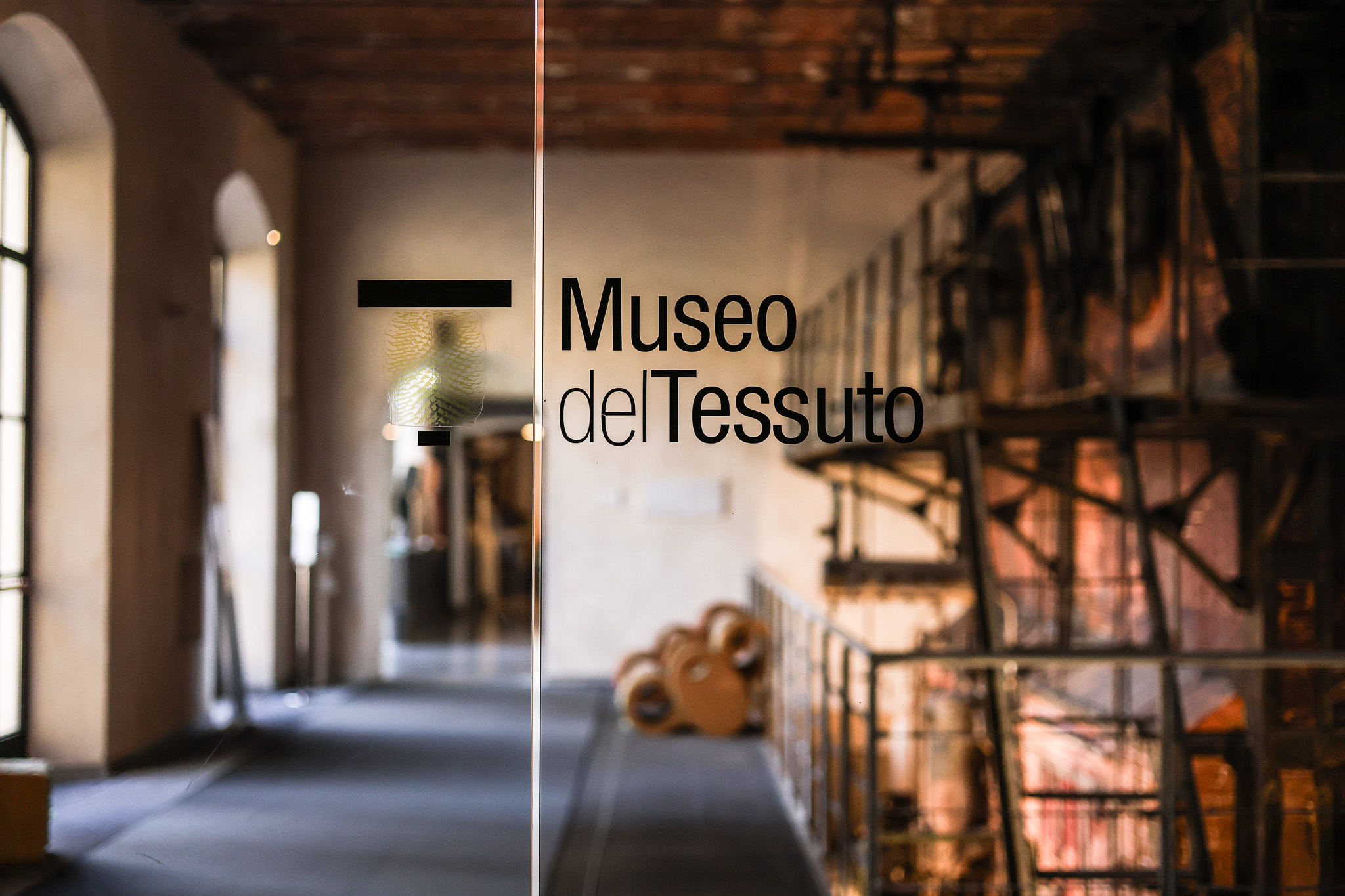
Since the end of January, the Prato Textile Museum's e-commerce has officially been online and in just a few days has captured the interest of many potential customers, already receiving the first purchase orders and positive feedback. The e-commerce of the Prato Textile Museum is a space dedicated to design and craftsmanship. Its core concept is the enhancement of sustainability through its product catalog and the promotion of the city of Prato and the region of Tuscany. For the Textile Museum and its community, the e-commerce is the result of one year as a RECHARGE Living Lab and a fully participatory approach. Indeed, several co-creation sessions have been organized to involve local creative communities to ideate, design and select the e-commerce products. These local communities include artisans, designers, small businesses and other museums who have sustainability at the core of their mission.
On the 16th and 17th of February, the Textile Museum of Prato hosted two community workshops in which different groups of users have been invited to test the e-commerce experience, giving their feedback for future implementation directions and suggesting other artisans to be included in the museum’s network.The workshops have been very insightful and they gave the Textile Museum new interesting input to tell the stories behind the products and to communicate the unique value co-created by the museum and artisans’ synergy. We will keep you updated here!
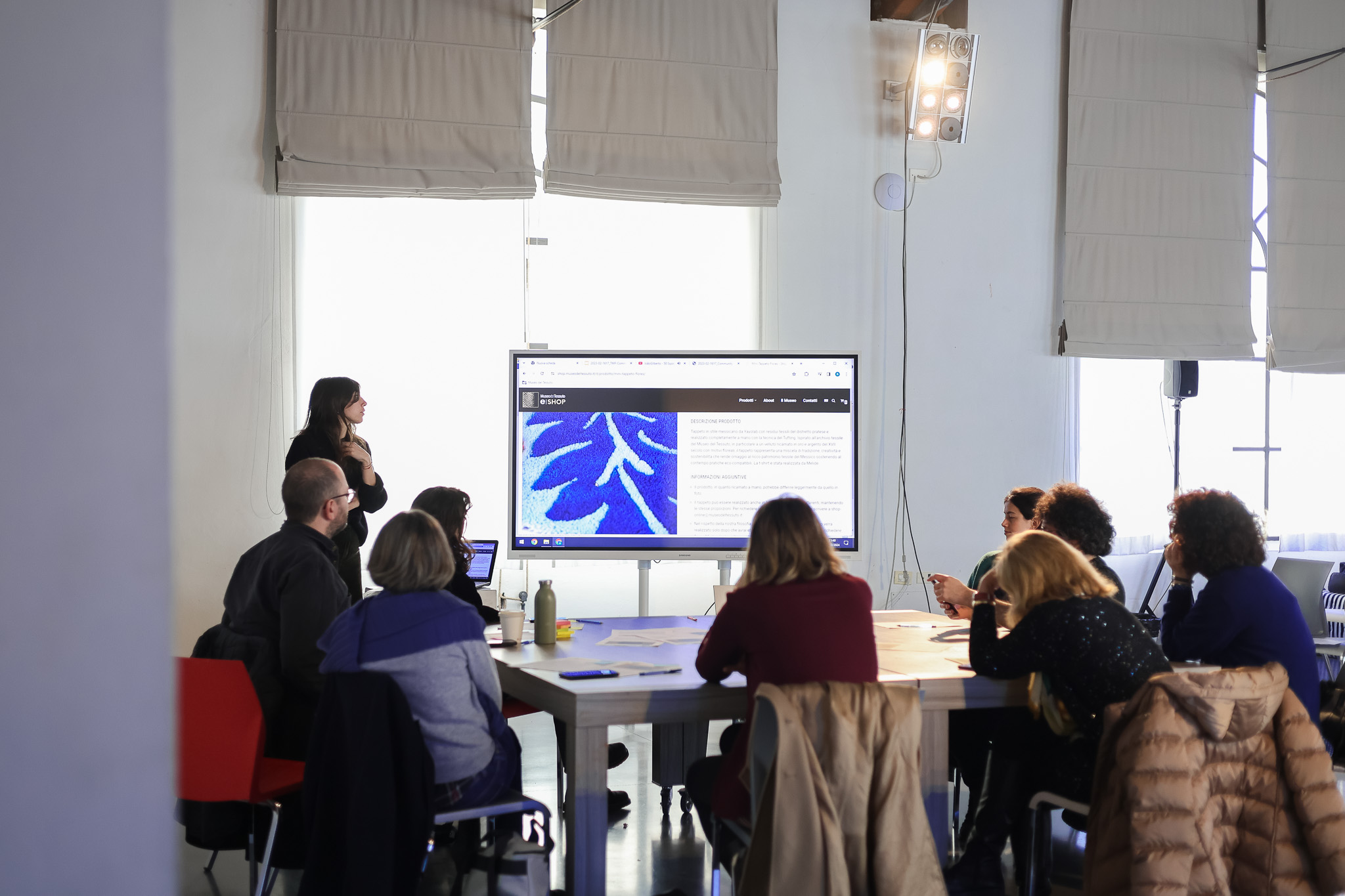
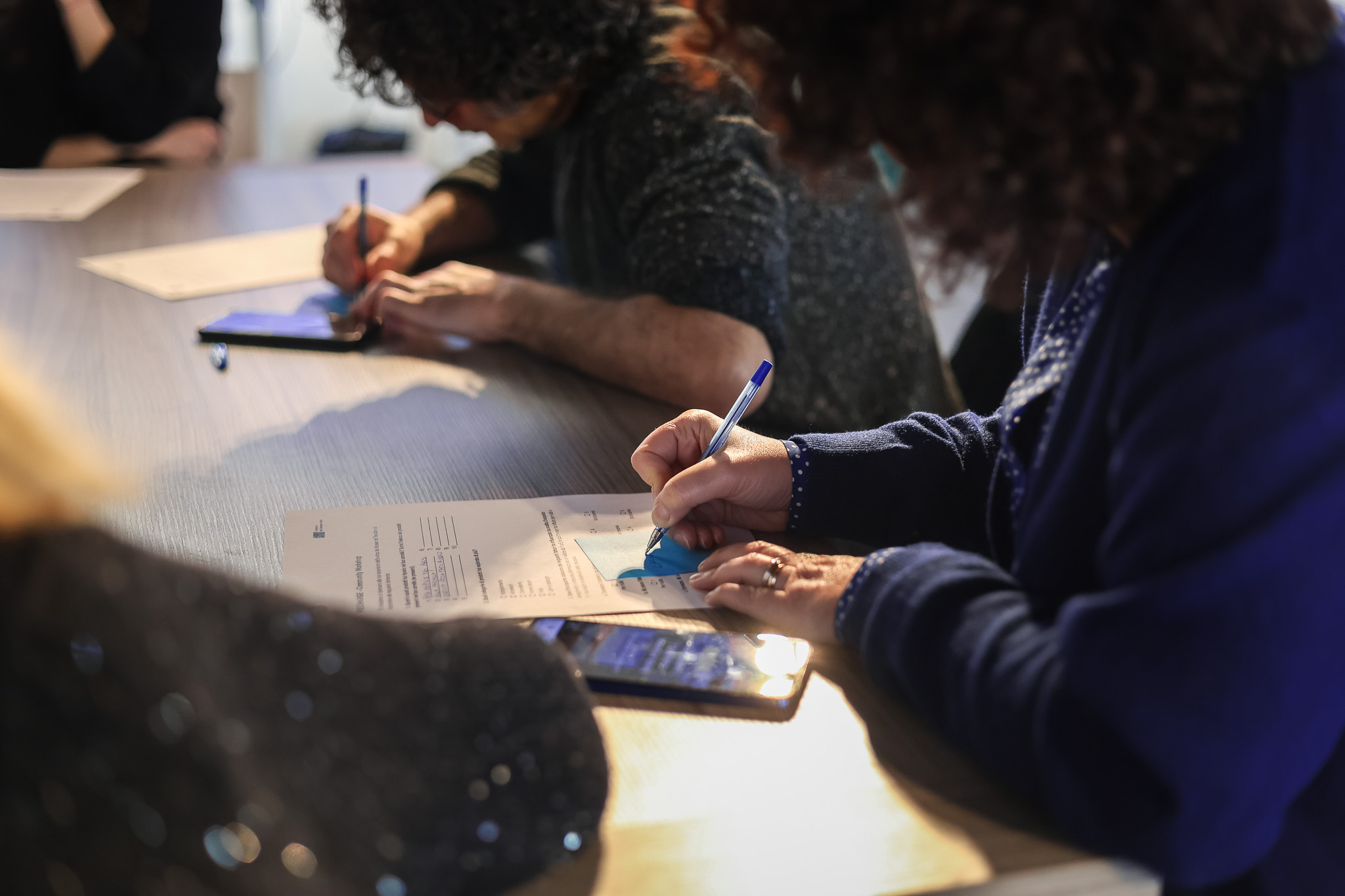
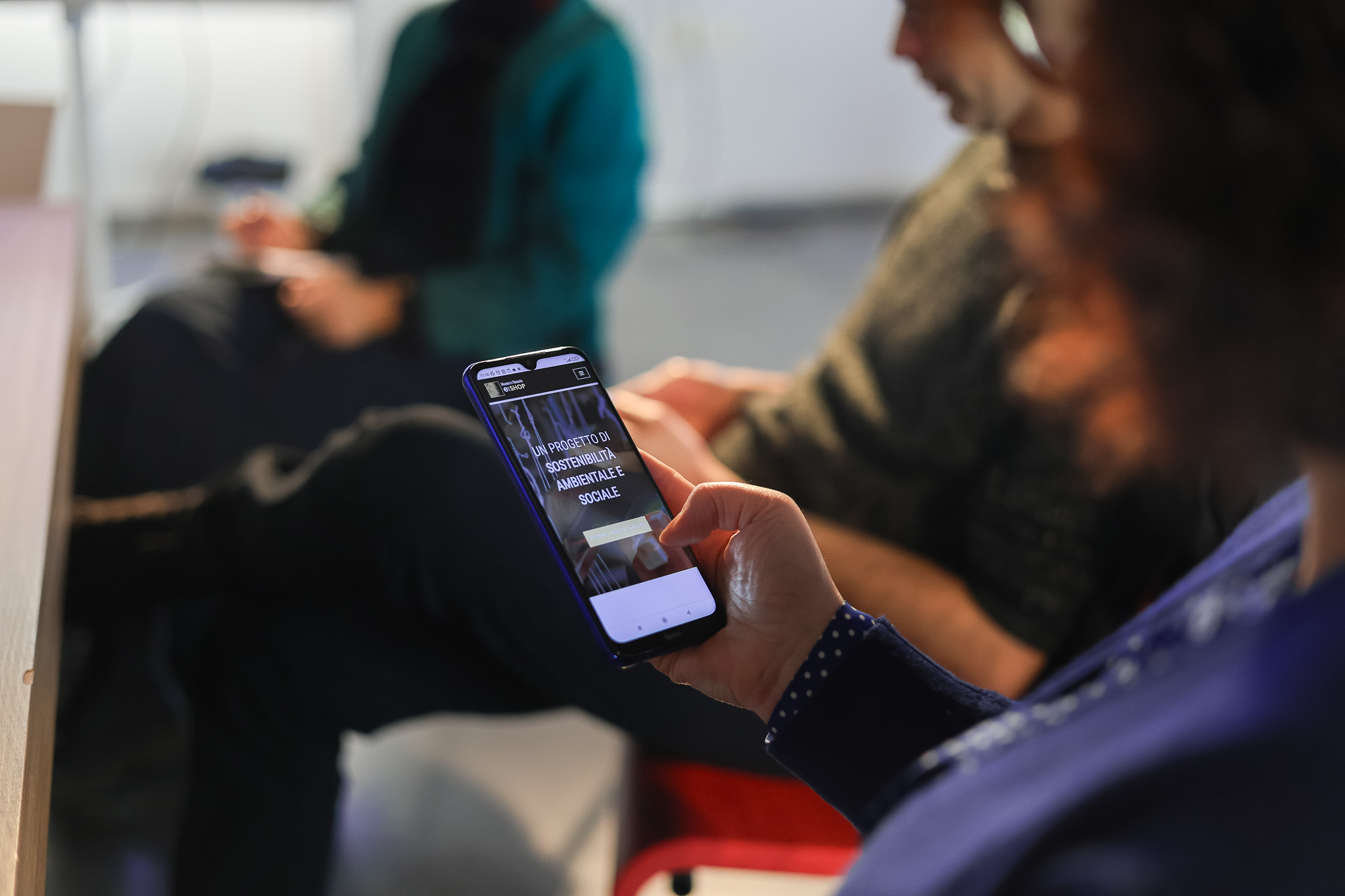
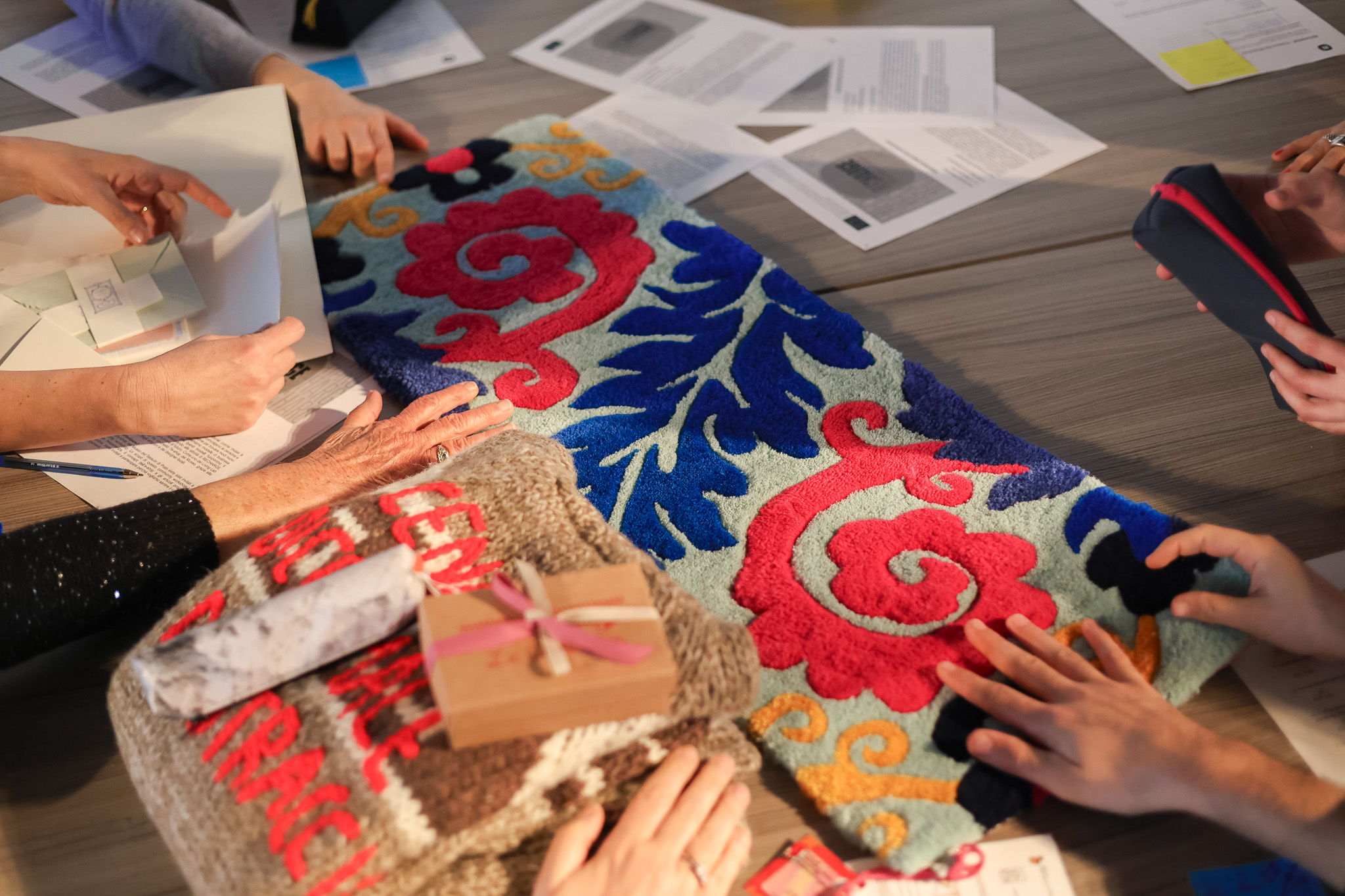
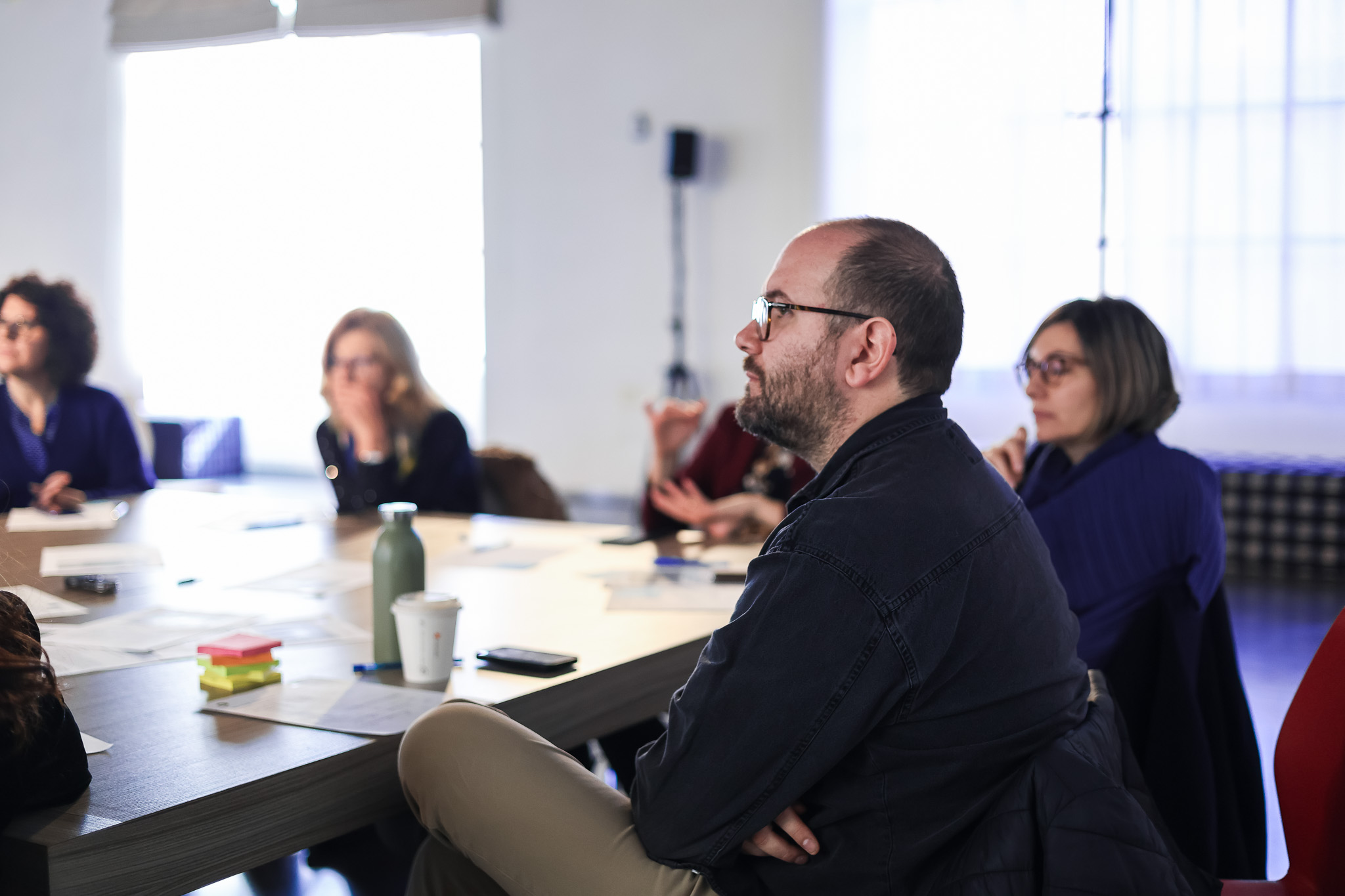
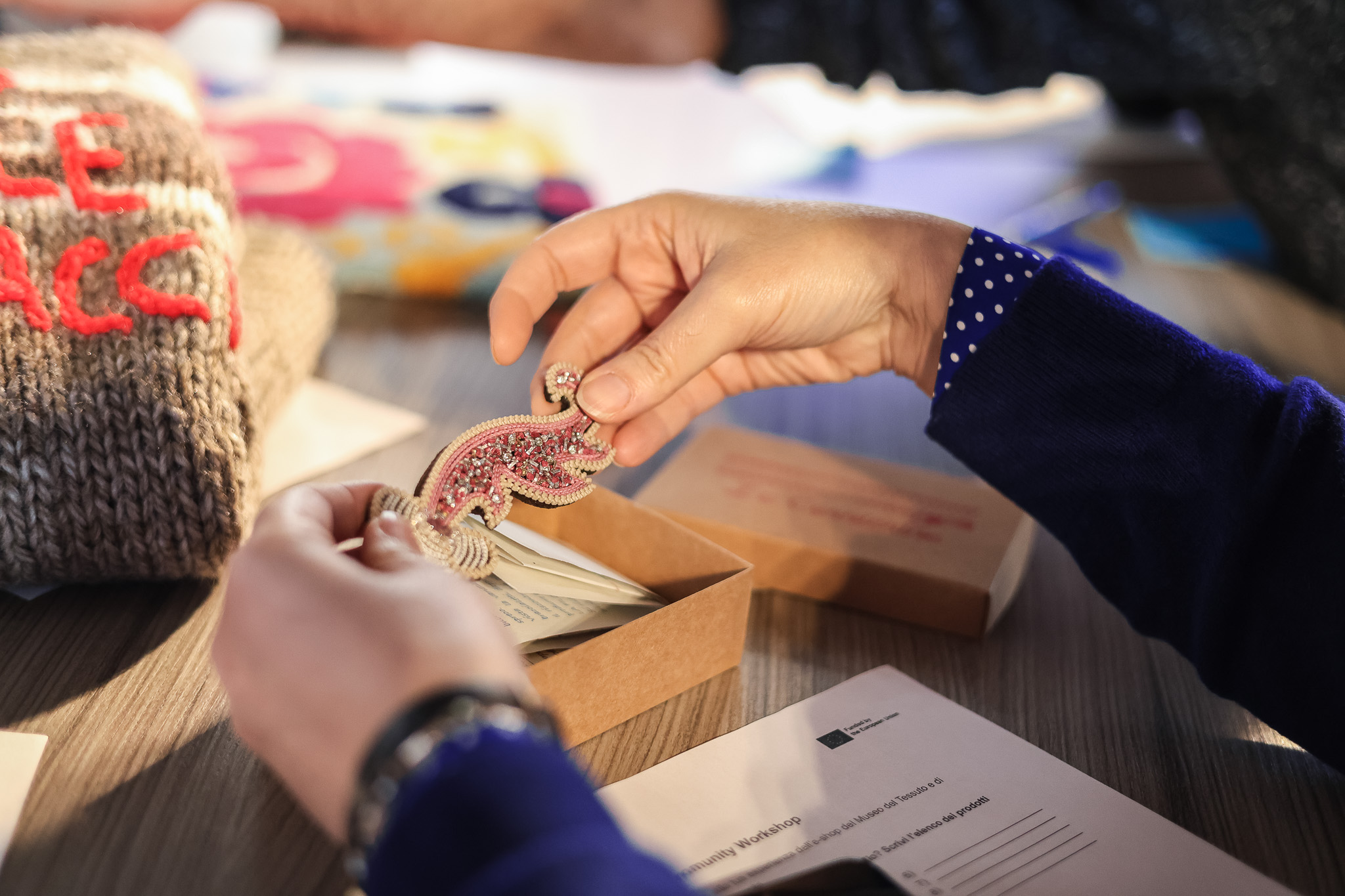

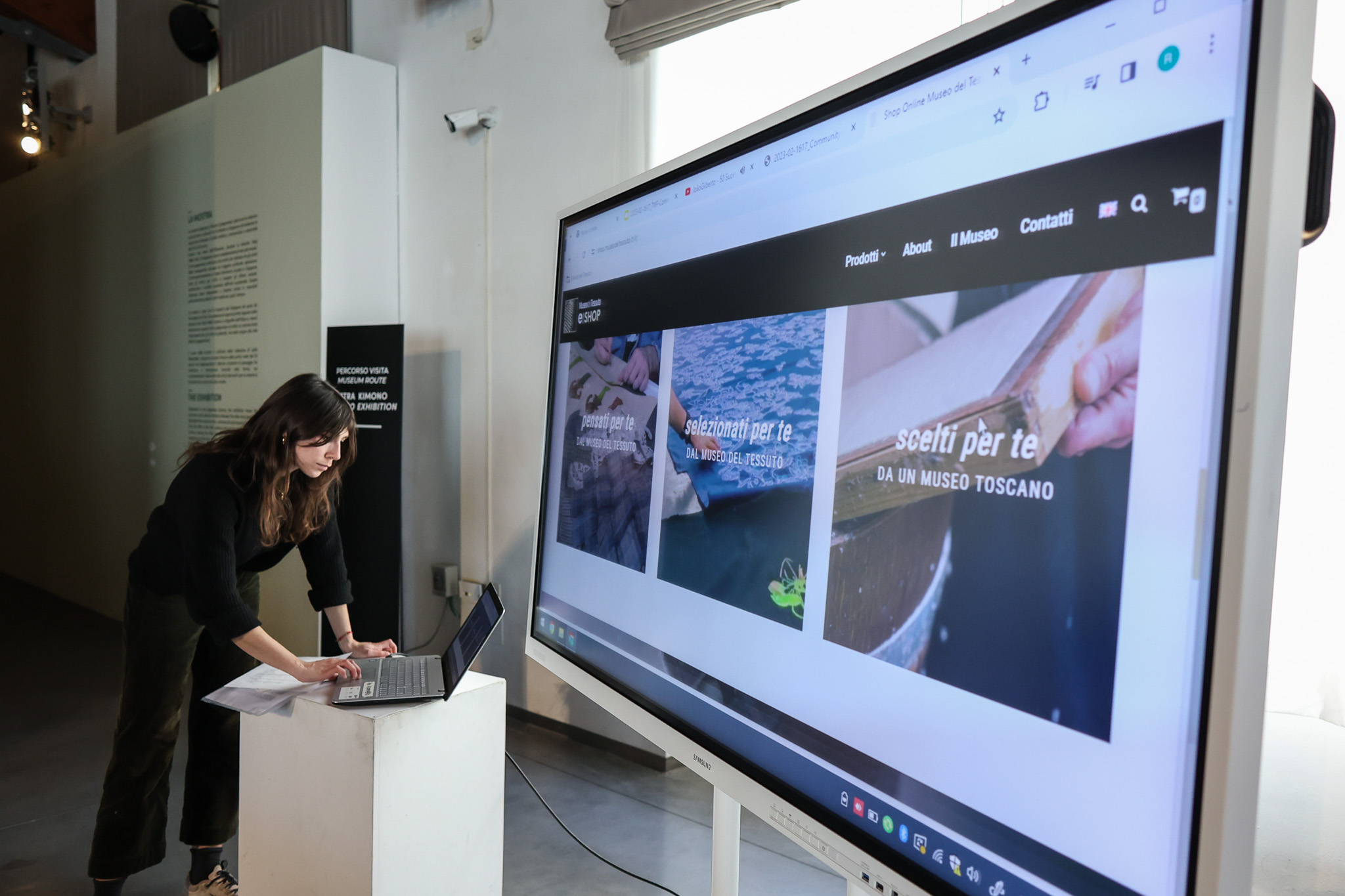
The museum has officially started a new phase of implementation and iteration of its Living Lab and e-shop project. From the community workshops held in February at the Textile Museum, with potential users, several interesting insights emerged. The primary goal of these activities was to test the Textile Museum's e-shop and validate the museum's initial choices through direct user involvement.
The activities were designed to test the user experience and the usability of the museum's e-shop, the sensitivity to the concept and pricing of artisanal products, the appreciation of the selected products, and the perception of their quality. The data collected during the workshops have been instrumental in setting up a participatory implementation phase. Both the strengths and critical aspects of the museum's e-shop were highlighted during these sessions. In general, the e-commerce platform was appreciated and understood, though there were technical elements that could have been improved to enhance the browsing experience.
Regarding the products, there was significant appreciation, and the price range was understood in relation to the guarantee of craftsmanship and sustainability. There emerged a clear need for stories about the products' background and the artisans who created them. Some participants shared positive purchasing experiences that involved direct contact with the artisans. For the museum, this could translate into in-depth content and/or experiences related to craftsmanship, along with creating special content that tells the artisans' stories.
The value of craftsmanship and small-scale production with dedicated, careful planning, which results in items with a unique identity, was clearly perceived. These products allow buyers to "stand out" from the crowd. Unique pieces were highly appreciated and viewed as "precious" because they are not replicable.
The mediation by the cultural institution, in this case the Textile Museum, was seen as a guarantee of high quality and refinement, increasing the perceived value of the products offered.
Sustainability has been identified as a key concept for the Textile Museum e-shop. There was a clear recognition of the focus on sustainability, not only in production but also in the choice to connect with the local territorial dimension.
Numerous ideas were provided for possible enhancements to the e-commerce platform, emphasizing an experience that involves artisans directly, their stories, and strengthens the narrative element related to co-creation. Between March and June, internal and external workshops and activities were conducted. Externally, students from IED (European Institute of Design) and ISIA (Higher Institute for Artistic Industries) in Florence were involved in implementation workshops. This led to the development of new product proposals suitable for young, gender-neutral customers as this target group had emerged as missing from the e-shop offer, during the community workshops.
The museum staff has been currently working on including new products for the Spring and Summer seasons, implementing the network and communication plan, with a focus on specific activities aimed at enhancing the museum's e-shop online brand. One key area of attention has been the development of the network, which has involved selecting over 40 new artisans to collaborate with. To further improve this aspect, the museum has partnered with HUBIC - a web marketing agency - to implement the technicalities of their e-shop and initiate new promotion plans. The outcome of this new phase of the project will be showcased in the next update, providing a glimpse into new developments.
Stay tuned for more updates as we continue to evolve our e-shop with the invaluable input of our community!
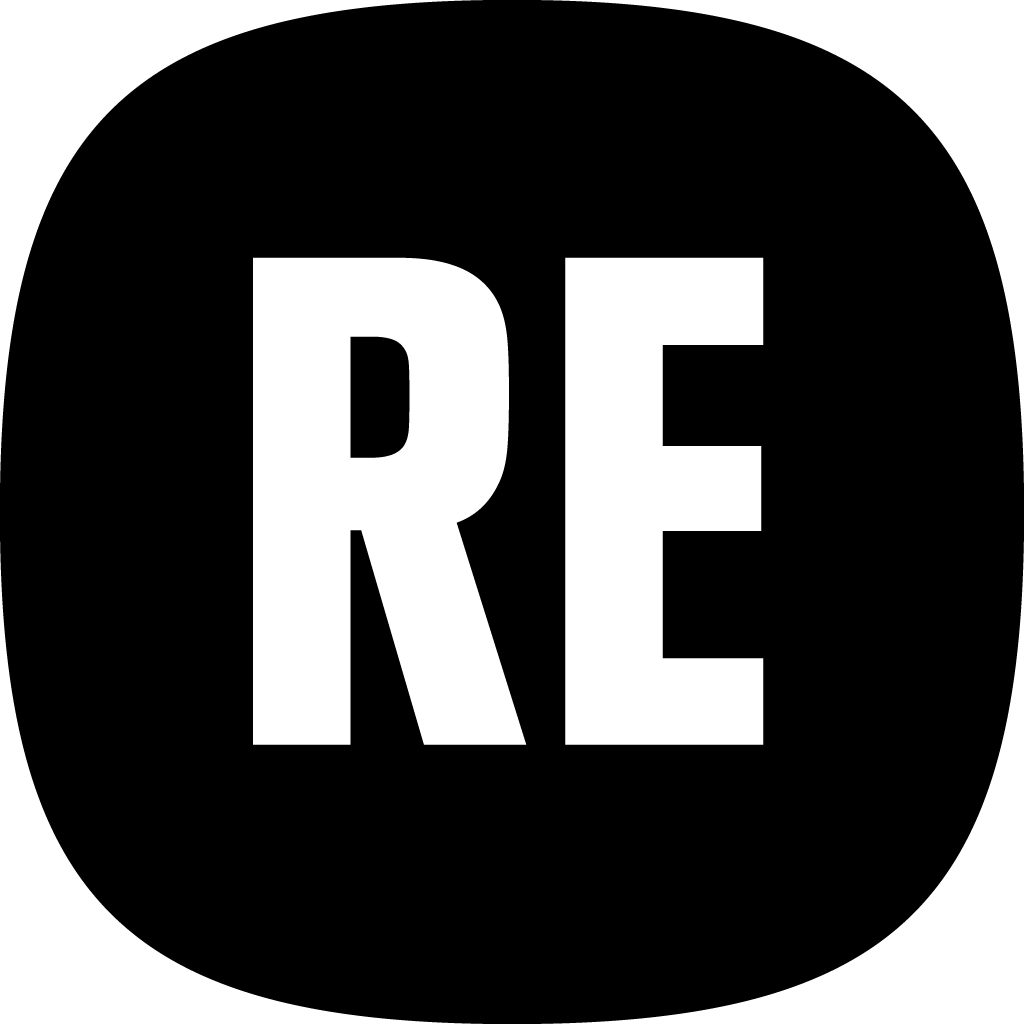









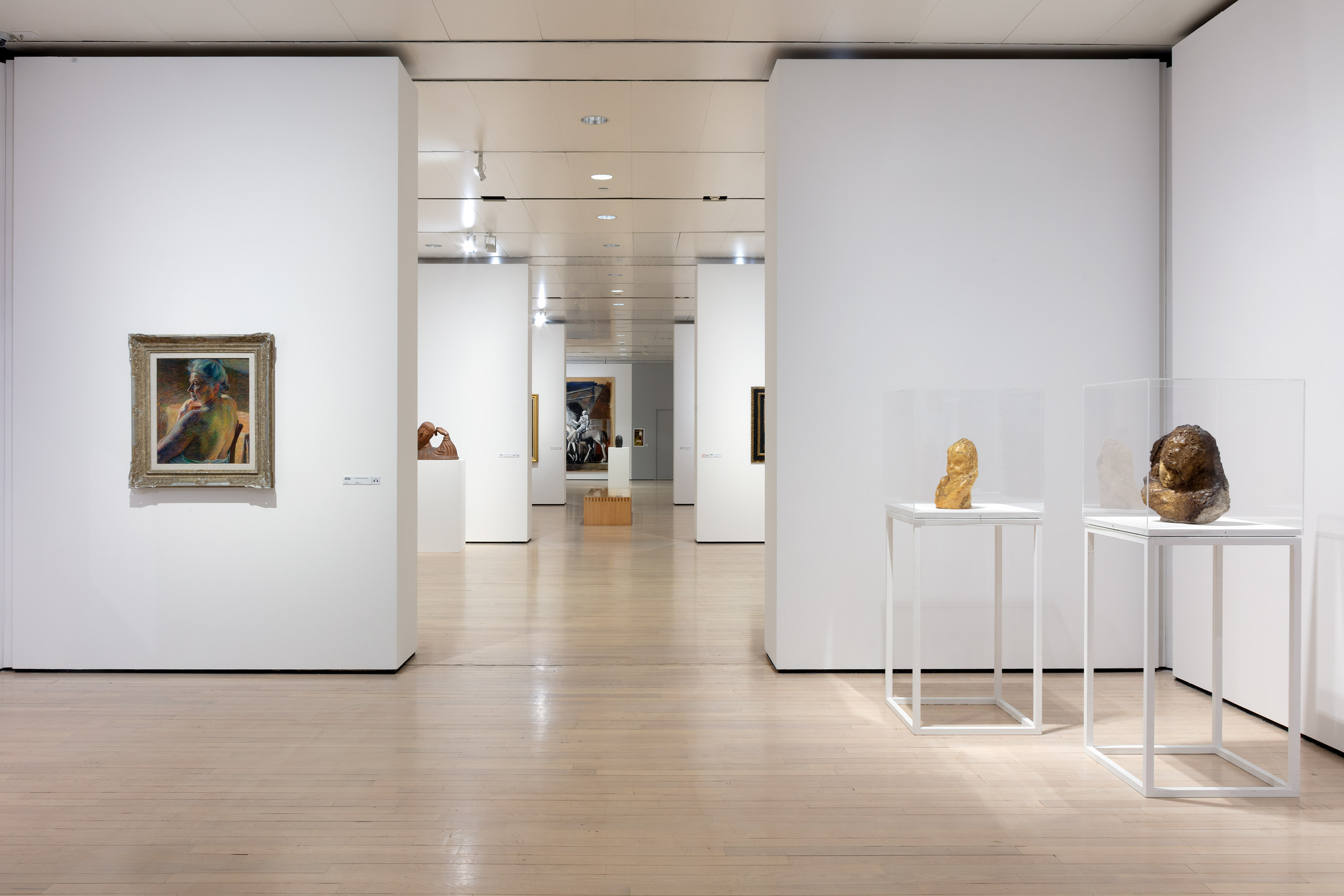
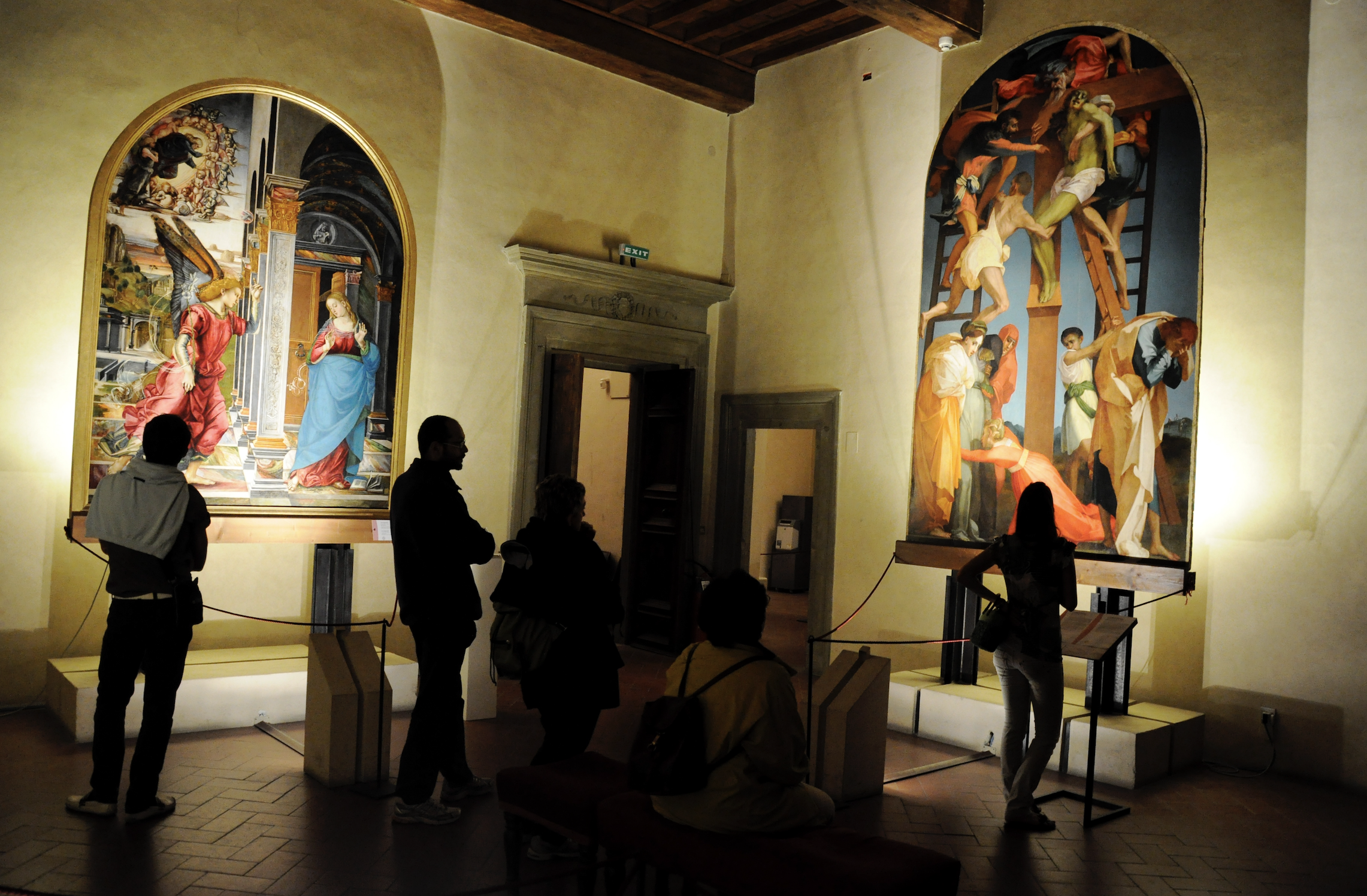
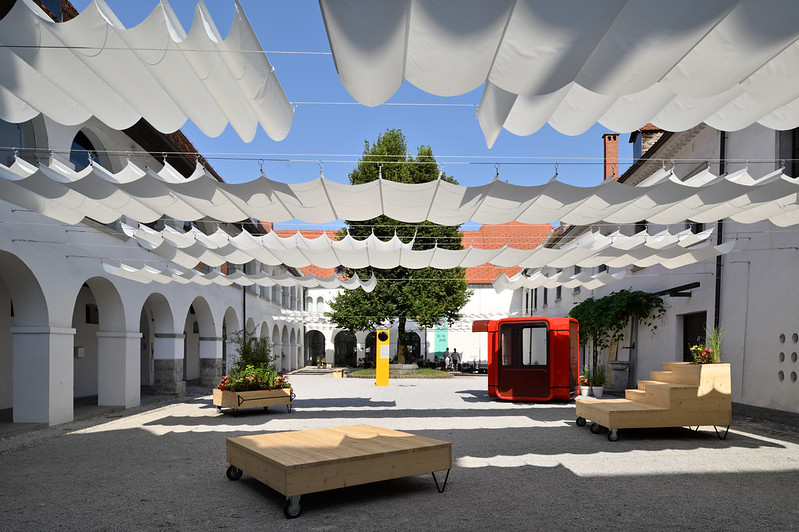
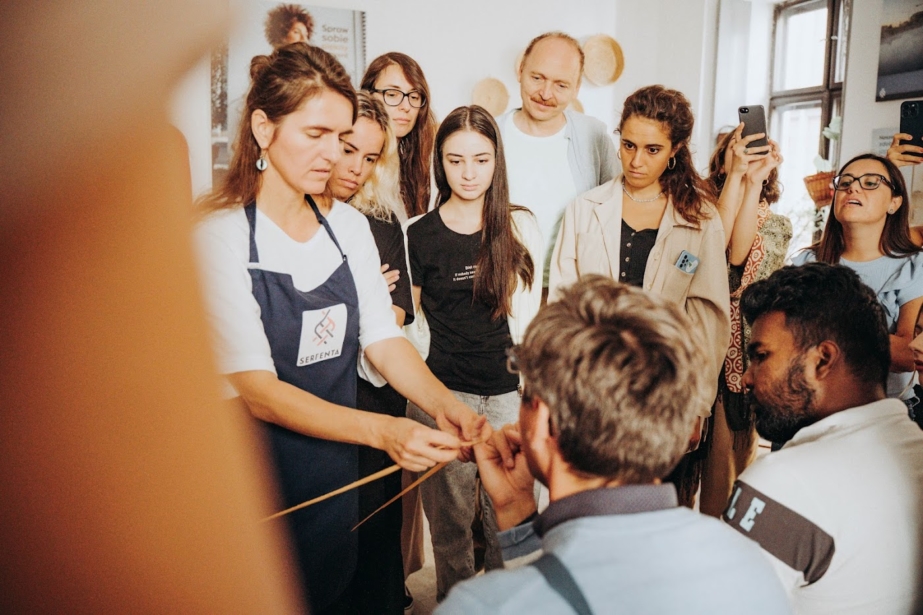
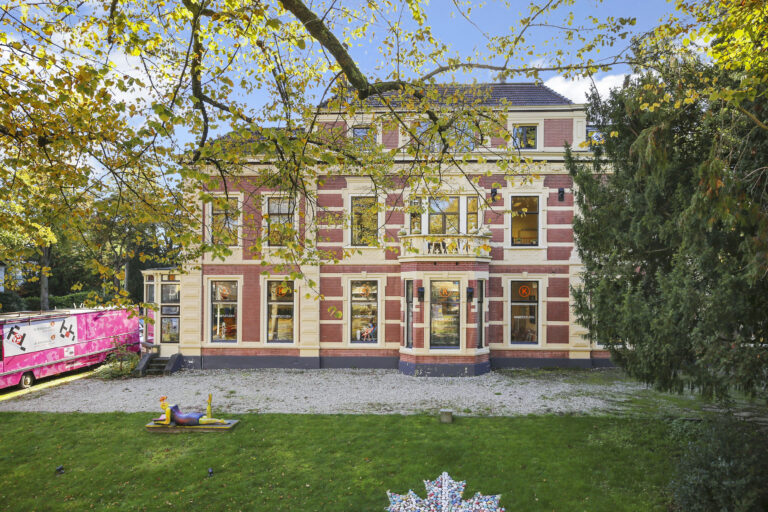
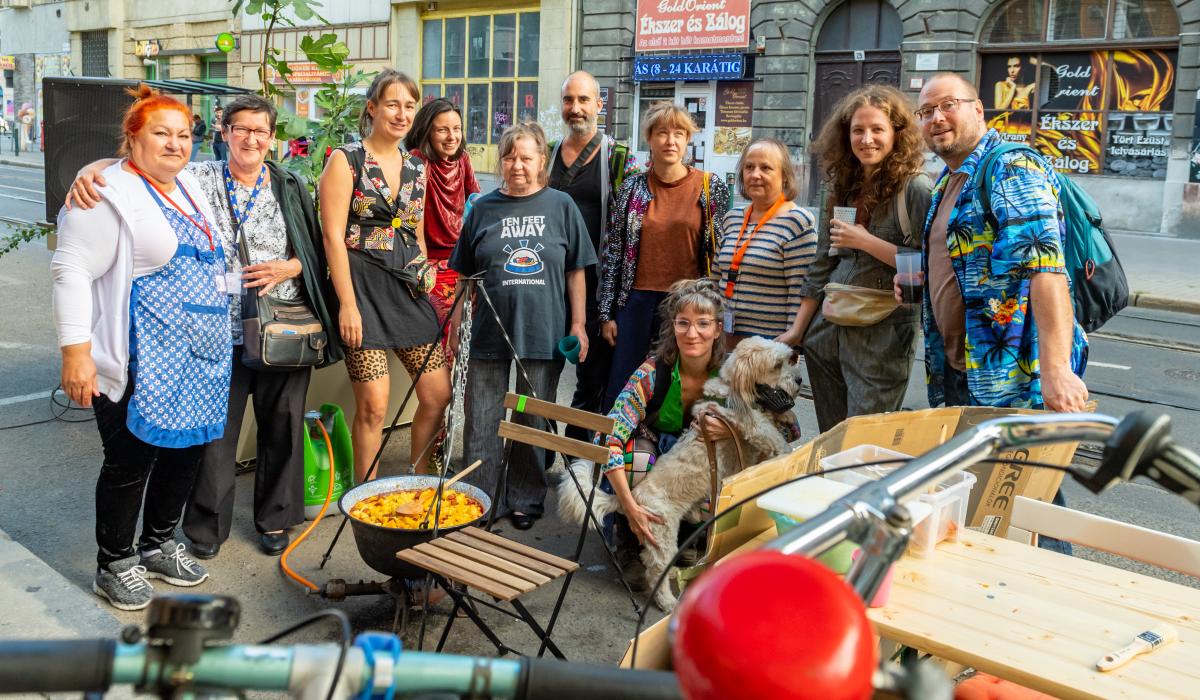
Share